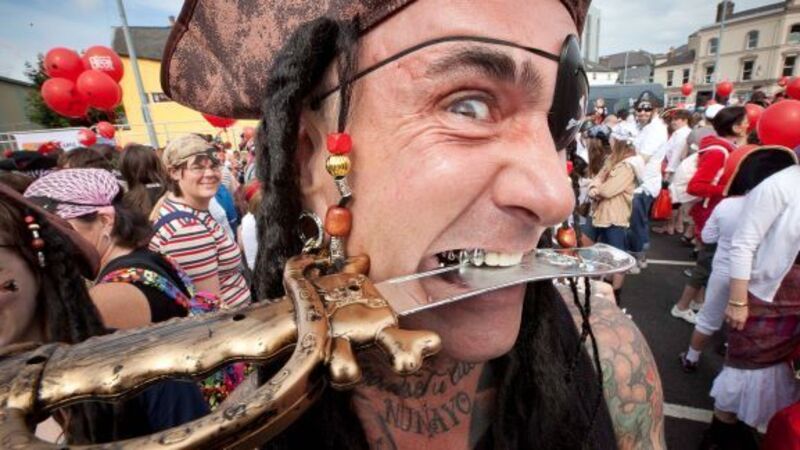Arrr, go hoist the jolly roger!

LONG John Silvers and Jack Sparrows across the world are today donning their eye patches and sharpening their swords as they celebrate the 10th annual International Talk Like a Pirate Day.
The now worldwide feast day was started by friends John Baur and Mark Summers from the USA who slipped into pirate talk during a game of racquet ball some years ago and decided that the world needed to do it at least once a year.











